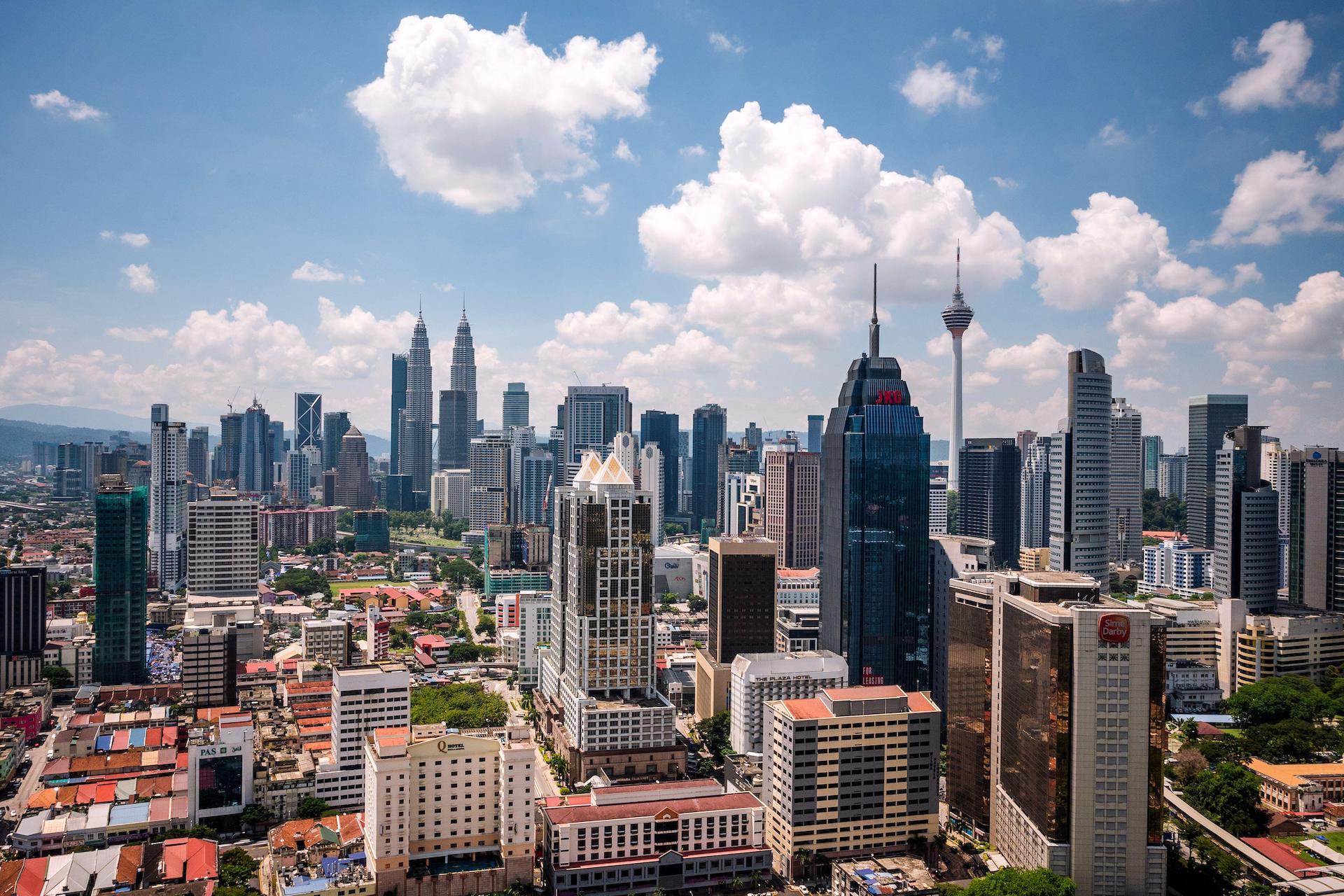The Malay Peninsula has never been a stranger to trade. In the early 15th century, the Malacca Sultanate was a powerful maritime empire.
That part of the Malay Peninsula in Southeast Asia was an important route for traders from China, India and the Middle East. Seafarers came from far and wide to Malacca for products such as pepper and other spices, forest produce and ironworks.
In 1511, the Portuguese claimed Malacca for themselves, leading to the end of the sultanate. The Dutch took over in 1631 before the British came to power in 1824, ruling what was then known as Malaya for 120 years.
The British East India Company took over trade and established commercial ports in Penang, Singapore and Malacca under the British Crown Colony of the Straits Settlements.
Early exports from Malaya were tin and rubber, with trade flourishing for centuries before it expanded even further with the opening of the Suez Canal in 1879.
Malaya gained its independence from the British in 1957, and in 1963, it merged with Sarawak, Singapore and North Borneo — known today as Sabah — to become Malaysia. (Singapore then separated from Malaysia in 1965.)
Malaysia’s economy has flourished since its independence, exhibiting significant growth and transformation. In the past three decades, the country has successfully transformed and diversified its economy from agriculture and commodities to include large manufacturing and service sectors. Malaysia is also a country of great ethnic, religious and linguistic diversity, with its population including Malay, Chinese, Indian and indigenous people.

The Malayan transformation
In the 1940s, the Malayan economy slumped under the Japanese military occupation. By 1950, the prominent rubber industry was drying up. Many rubber trees had reached the end of their 30-year economic life, and planters chose to focus on a new crop, palm oil, as an alternative.
A year after independence, the Pioneer Industries Ordinance incentivized foreign direct investment and manufacturing, and the industrialization of Malaysia began. Today, Malaysia is a leading exporter of electrical appliances, parts and components worldwide.
Malaysia’s labor force and GDP
According to the World Bank, Malaysia is one of the most open economies in the world, with a trade-to-GDP ratio averaging above 130% since 2010. After the devastating Asian financial crisis of 1997-1998, when the country’s GDP dropped by more than 25%, Malaysia’s economy has shown significant improvement, averaging 5.4% in growth annually since 2010.
Malaysia’s Bank Islam Chief Economist, Mohd Afzanizam Abdul Rashid, told the ReThink Quarterly that the Malaysian economy has proven its resilience throughout the years.
The challenges in the 1980s and 1990s resulted in a major transformation in the country’s banking system, Mohd Afzanizam says. “Our banking system is now more agile and can withstand major shocks such as the Global Financial Crisis of 2007-2008 and the Covid-19 pandemic in 2020 till 2022.”
Mohd Afzanizam says the manufacturing and services sectors have been the main drivers for growth since the country’s independence in the 1950s.
“Having said that, the Malaysian economy is however still stuck in the upper-middle income cohort since the 1990s, which means we need to reform the economic structure in order to grow in a more sustainable manner whereby wealth of the country will be shared among its citizens,” he says.
The current government is pursuing plans to boost growth, increase income and increase participation of women in the workforce, while lowering budget deficits.
Malaysia’s vibrant labor market
The nation’s openness to trade and investment has created employment opportunities and income growth, with about 40% of jobs in Malaysia being in the export sector. Between 1990 and 2021, Malaysia’s labor force grew from about 7 million to 17 million. As of February 2023, Malaysia had 16.8 million people in its labor force, and the unemployment rate was 3.5%. Semi-skilled jobs made up the largest share of employment, at 62.4%, while the skilled category accounted for 24.9% and low skilled jobs for 12.7%.
Malaysia’s workforce by sector: 1990 vs. 2021
The government has been actively working to promote economic growth while providing more job opportunities. The major sectors of manufacturing, services, agriculture and technology all include a mix of skilled, semi-skilled and unskilled jobs.
Malaysia has employment laws and regulations in place to protect the rights of workers and ensure fair labor practices. These laws cover areas including minimum wages, working hours, overtime pay, annual leave, maternity leave and termination procedures.
In 2021, the World Bank said Malaysia is likely to transition into a high-income economy between 2024 and 2028, a reflection of the country’s economic transformation development over the past decade.
There are concerns, however, about how Malaysia’s aging population will impact economic growth and the labor force. In 2020, the share of people 65 years and older exceeded 7% of the total population, making it an aging society. But there is still hope that Malaysia will leap into the bigger game with the big Tigers of the Asian economy.
Read more
Sign up to keep up to date with ReThink Q.







